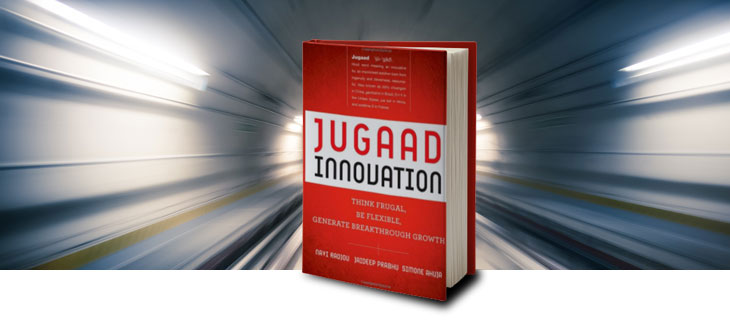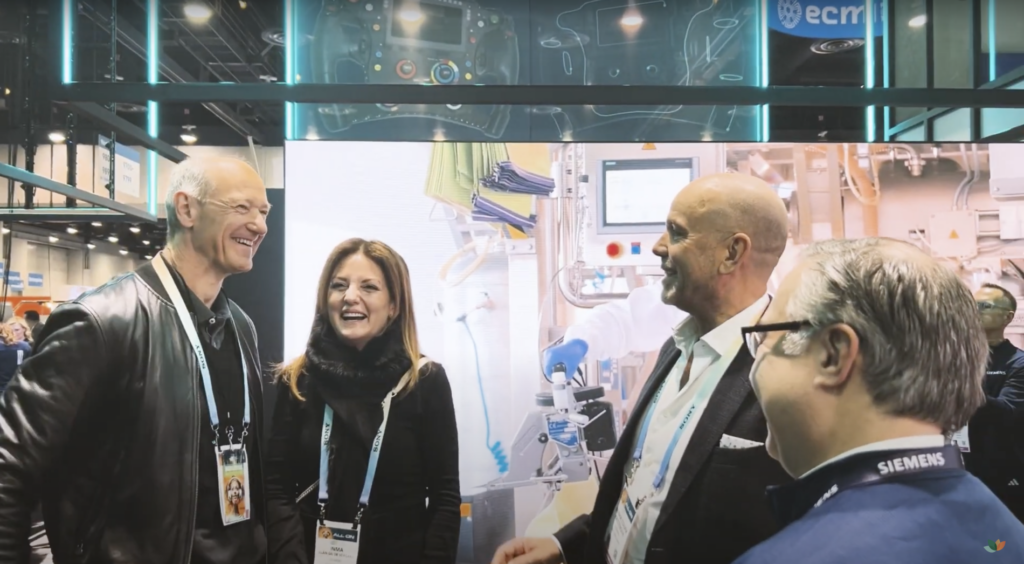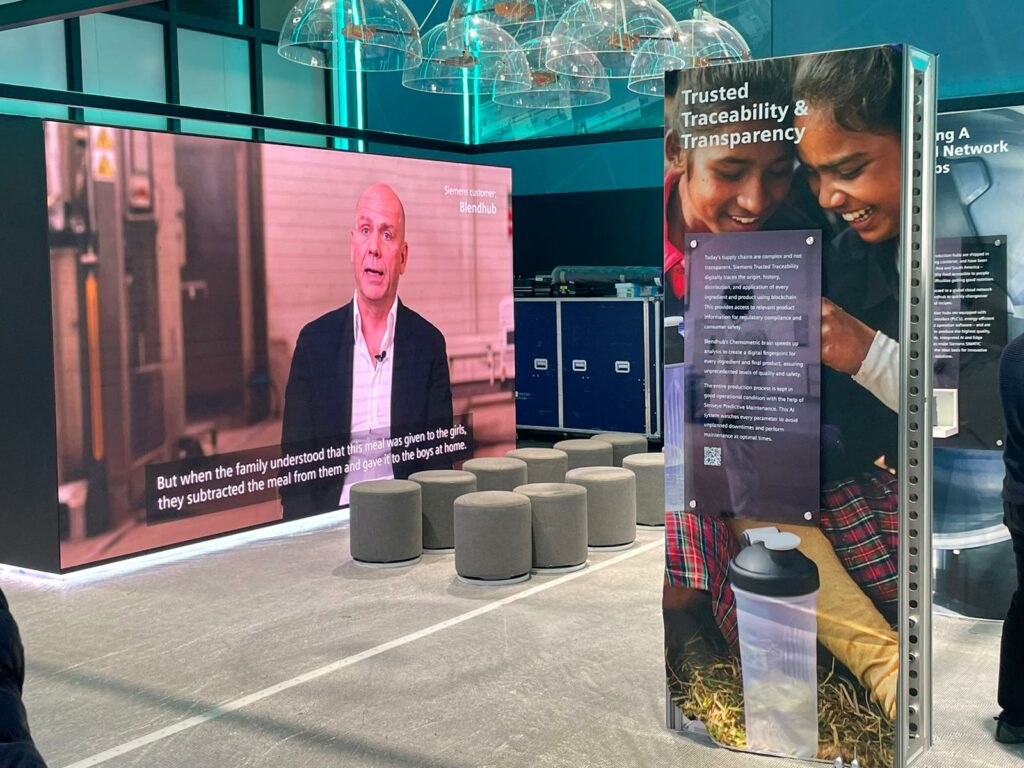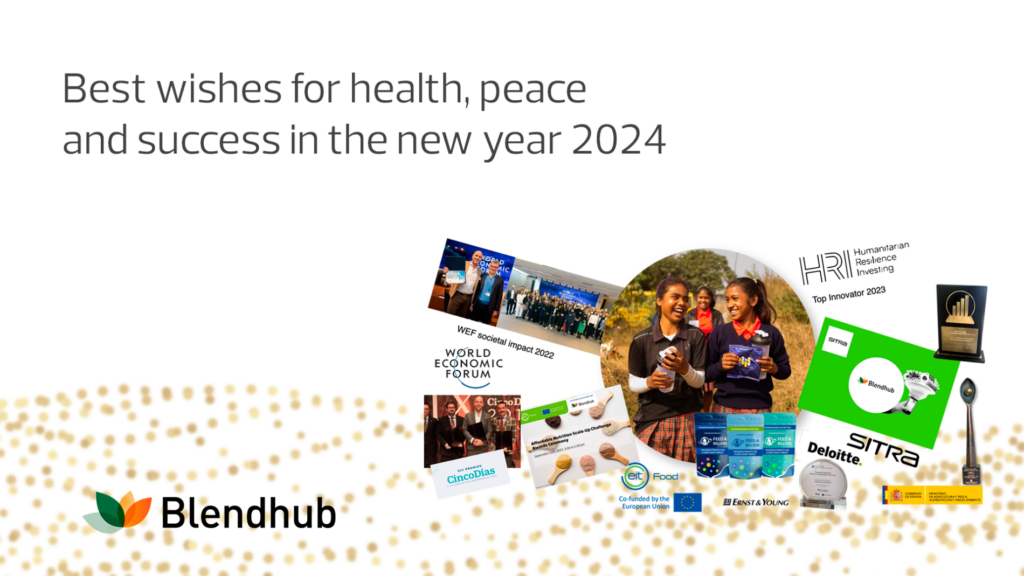Navi Radjou, co-author of the book Jugaad Innovation: Think Frugal, Be Flexible, Generate Breakthrough Growth, defines Frugal Innovation as a business paradigm that enables companies to do more with less. This model comes from emerging markets and Open Innovation can play a crucial role in bringing the innovation it generates to rich countries. Both as Reverse Innovation (see article “Changing paradigms in innovation”) or fostering innovation there.
According to the article Adopting Open Innovation to Stimulate Frugal Innovation and Reverse Innovation by Mokter Hossain, Open Innovation can help stimulate both Frugal and Reverse Innovation -the one that goes from developing to western countries.
Frugal Innovation is a way of innovating faster, better, and cheaper in a complex and resources care word. It aims to deliver to the market value and sustainable solutions by improvising and using creative thinking. In the video below, Radjou explains in an interview with The Economist the different approaches to innovation between the West and emerging markets. Thus, while West is focusing on the next big thing, people in emerging markets focus on creating the next big value for customers. Therefore, they come up with really interesting ideas.
From emerging markets to West
Moreover, Frugal innovation is an efficient innovation with low-cost, simple usability, and that aims at large low- income customers. To boost Frugal Innovation in emerging markets and bring it into rich countries as Reverse Innovation, the Open Innovation model can be used to:
- Innovate in emerging markets and develop cheaper products.
- Bring Frugal Innovation from a distant location to global presence.
- Facilitate a flow of knowledge and attract talent.
- Share the risks and R&D costs with local partners.
- Use intermediaries to allow people from developing countries to contribute in innovation.
- Promote competition.
- Share experiences with local business. And learn from other companies by observing the strategies they have taken to become successful in Frugal innovation.
- Gain experience by testing products and services.
In the article by Hossain you have also examples of successful companies using both Frugal and Open Innovation.



